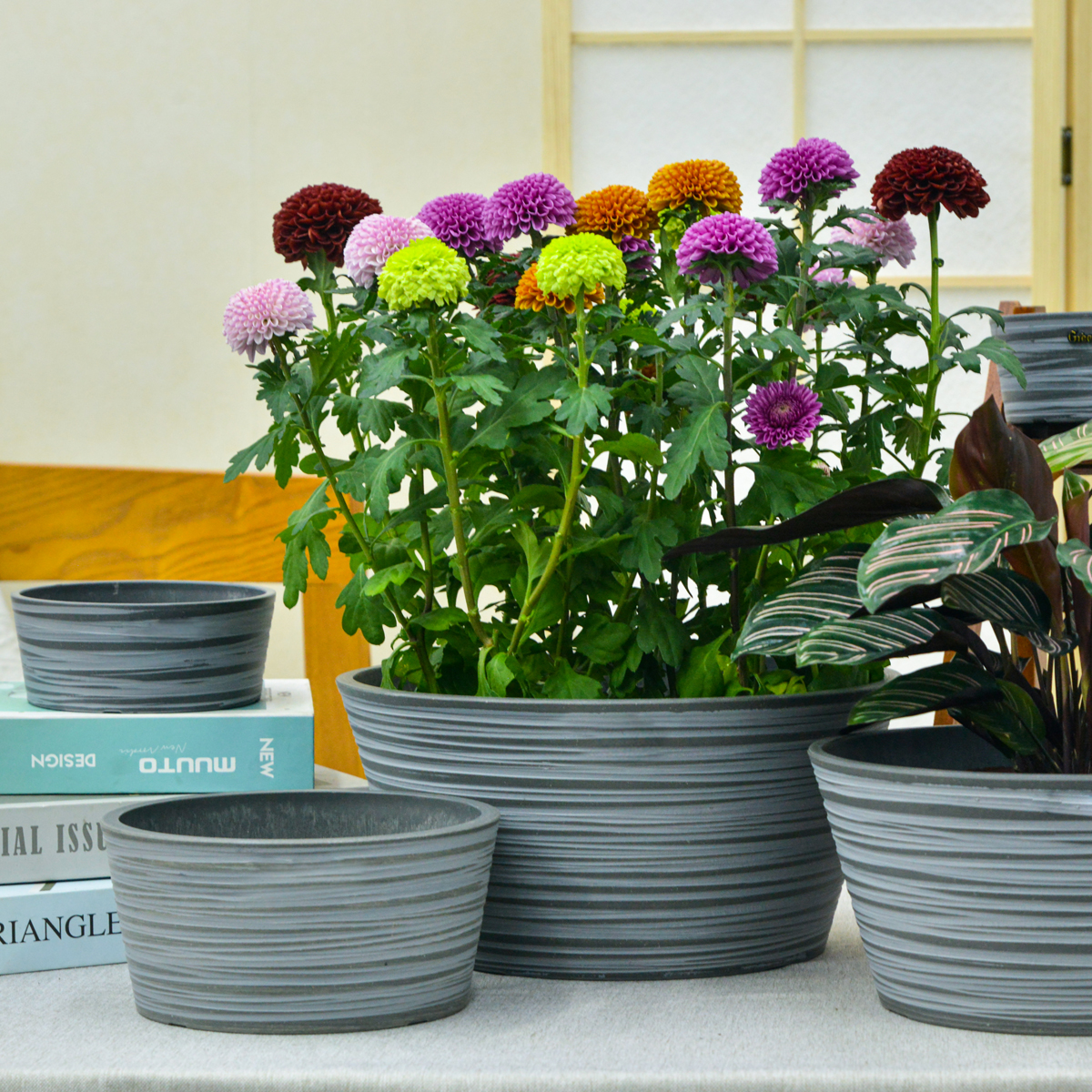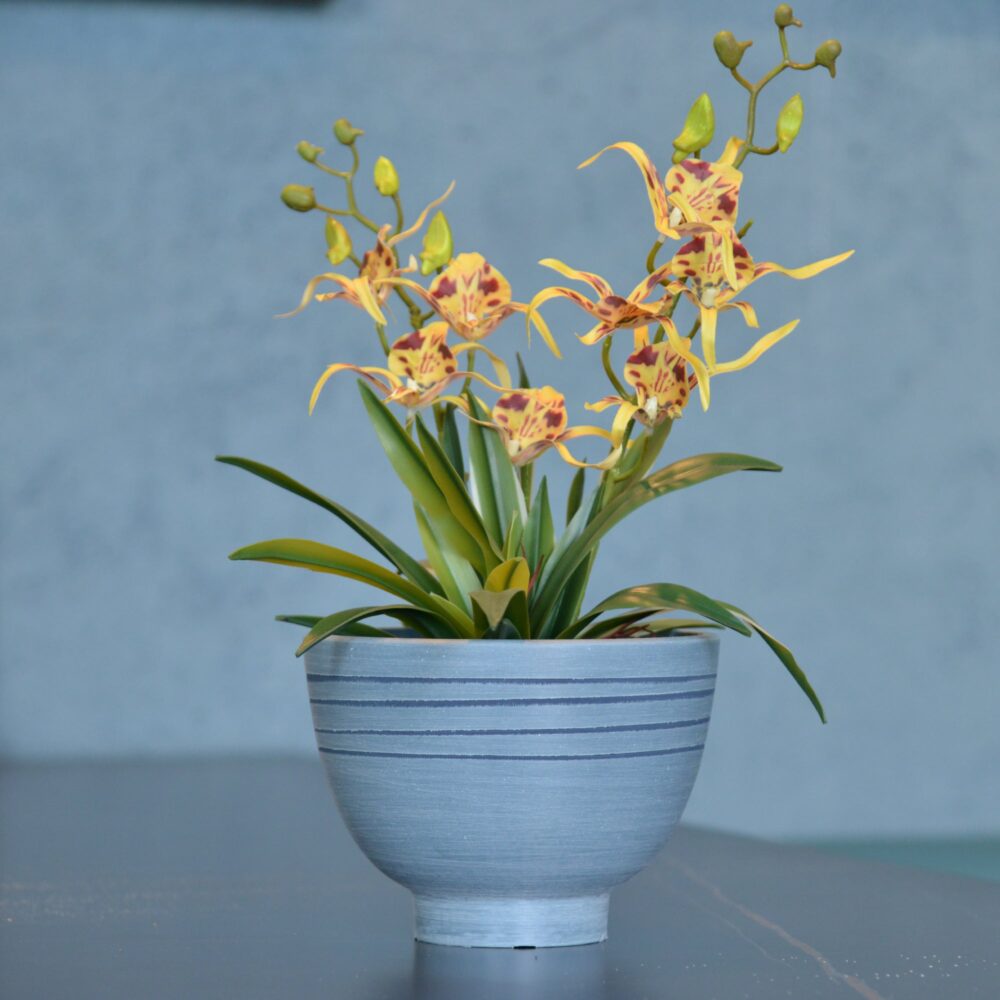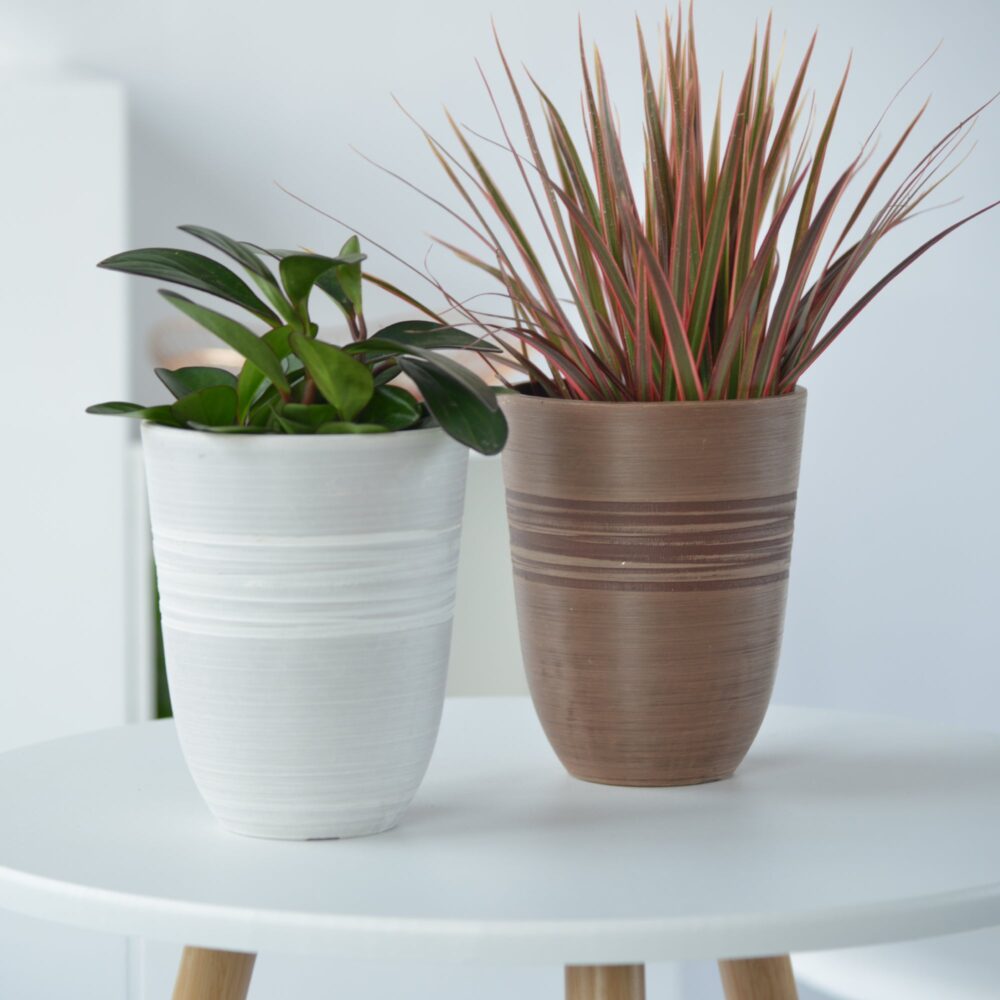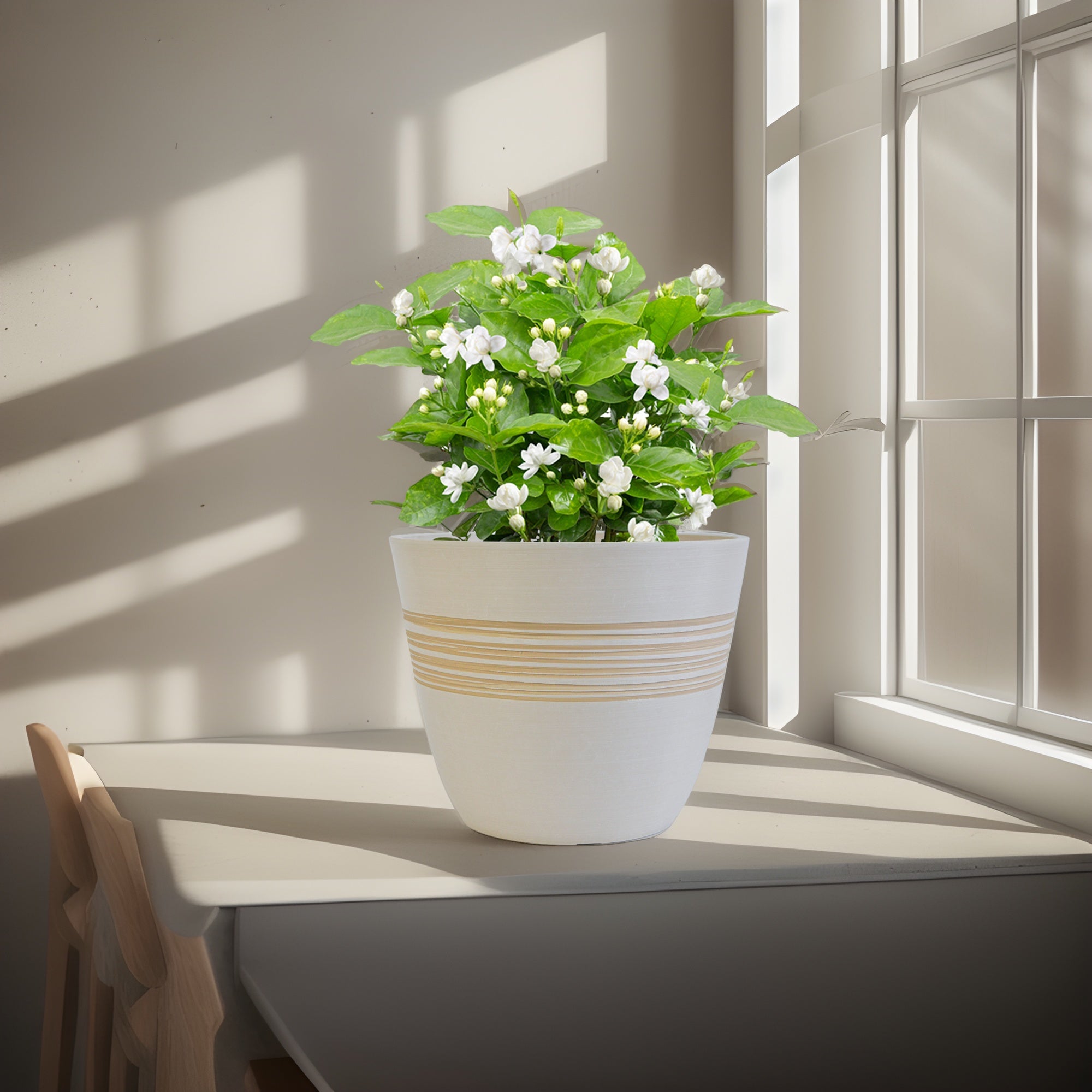Which Flowers Are Better Suited for Growing Indoors in Pots? What Indoor Environmental Factors Are Important to Consider?
Bringing the beauty of flowering plants indoors can brighten your living space and boost your mood. While many flowers thrive outdoors, certain varieties are particularly well-suited to indoor life in pots. For American homeowners looking to cultivate blooming houseplants, here are some excellent flower choices and the crucial environmental factors to keep in mind:
Best Flowers to Grow Indoors in Pots:
- African Violet (Saintpaulia ionantha): These classic houseplants are known for their velvety leaves and continuous blooms in various shades of purple, pink, white, and blue. They thrive in bright, indirect light and prefer consistent moisture and high humidity.
- Peace Lily (Spathiphyllum): With their elegant white flowers and glossy green leaves, Peace Lilies are popular for their beauty and air-purifying qualities. They tolerate low to moderate light and prefer consistently moist soil.
- Orchid (Phalaenopsis spp.): Orchids are prized for their delicate and long-lasting blooms in a wide array of colors and patterns.They are relatively easy to grow indoors, requiring bright, indirect light, infrequent watering, and good air circulation.
- Begonia: There are many types of begonias, including flowering varieties with showy blooms in shades of red, pink, orange, yellow, and white. They generally prefer bright, indirect light and well-draining soil.
- Kalanchoe: These succulents produce clusters of small, long-lasting flowers in vibrant colors like red, pink, orange, and yellow.They are low-maintenance, prefer bright light, and tolerate dry conditions.
- Anthurium: Also known as Flamingo Flowers, Anthuriums boast glossy, heart-shaped “flowers” (spathes) in red, pink, white, or purple, which can last for several weeks. They prefer bright, indirect light, high humidity, and well-draining soil.
- Christmas Cactus (Schlumbergera spp.): These unique cacti bloom with vibrant pink, red, purple, or white flowers around the holiday season.They prefer bright, indirect light and well-draining soil, with specific watering needs depending on the time of year.
- Amaryllis (Hippeastrum spp.): Grown from bulbs, Amaryllis produce large, trumpet-shaped flowers in striking colors, often around winter. They need bright light during their growth and blooming period.
- Lipstick Plant (Aeschynanthus radicans): This plant gets its name from its bright red flowers that emerge from dark red buds, resembling tubes of lipstick. They prefer bright, indirect light and regular watering.
- Flowering Maple (Abutilon spp.): These plants feature attractive foliage and bell-shaped flowers in shades of orange, yellow, red, and pink. They prefer bright light and regular watering.
Important Indoor Environmental Factors:
To ensure your indoor flowering plants thrive, consider these environmental factors:
- Light: Most indoor flowering plants need bright, indirect light to bloom. Place them near east, west, or south-facing windows where they can receive ample light without direct, harsh sun exposure that can scorch their leaves. Rotate the pots occasionally to ensure even light exposure on all sides.
- Water: Water your plants only when the topsoil feels dry to the touch. Overwatering can lead to root rot, while underwatering can cause stress. Develop a watering schedule based on the specific needs of each plant and the humidity levels in your home.
- Temperature: Most indoor flowering plants prefer average room temperatures between 65-75°F (18-24°C). Avoid placing them near drafts from windows or heating/cooling vents, as sudden temperature changes can harm them.
- Humidity: Many flowering plants, especially tropical varieties like orchids, anthuriums, and peace lilies, thrive in higher humidity levels. If your home air is dry, especially during winter, consider grouping plants together, using a humidifier, or placing pots on pebble trays filled with water to increase local humidity.
- Ventilation: Good air circulation helps prevent fungal diseases. Ensure your plants are in a location with some airflow, but avoid direct drafts.
- Fertilization: Flowering plants need nutrients to produce blooms.During the growing season (spring through summer), feed your plants with a balanced liquid fertilizer every 2-4 weeks, following the product instructions. Reduce or stop fertilizing during the plant’s dormant period in fall and winter.
By selecting the right types of flowers and providing them with the appropriate indoor environmental conditions, you can enjoy beautiful blooms and vibrant greenery in your home year-round.
11THD
By greenship|2024-08-13T02:52:20+00:00August 13, 2024|Categories: Hand-carving Series|
11V
By greenship|2024-08-13T03:05:48+00:00August 13, 2024|Categories: Hand-carving Series|
8 inch/10 inch Planter Indoor Plants, 2 Pack Modern Decorative Plant Pots with Drainage Hole, Cute Bowl Shape Flower Pots
By greenship-seo|2025-04-10T08:03:42+00:00January 9, 2025|Categories: Hand-carving Series|Tags: Decorative Flower Pots, Self-Watering Pots|
Plant Pots 6 inch 8 inch 10 inch for Indoor Plants, Set of 3 Modern Decorative Planter ts with Drainage Hole, Decorative Flower Pots
By greenship-seo|2025-04-10T06:39:28+00:00January 14, 2025|Categories: Hand-carving Series|Tags: Decorative Flower Pots|
Planter for Indoor Outdoor Plants, Set of 2 Modern Decorative Plant Pots with Drainage Hole, Decorative Flower Pots
By greenship-seo|2025-04-10T07:46:01+00:00January 9, 2025|Categories: Hand-carving Series|Tags: Decorative Flower Pots, Self-Watering Pots|
Planter 5 in W / 8 in W / 12 in W or Indoor Outdoor Plants, Modern Decorative Plant Pots with Drainage Hole, Decorative Flower Pots
By greenship-seo|2025-04-10T06:37:58+00:00January 16, 2025|Categories: Hand-carving Series|Tags: Decorative Flower Pots|








